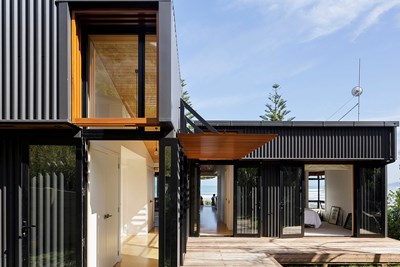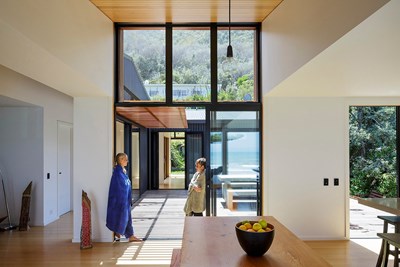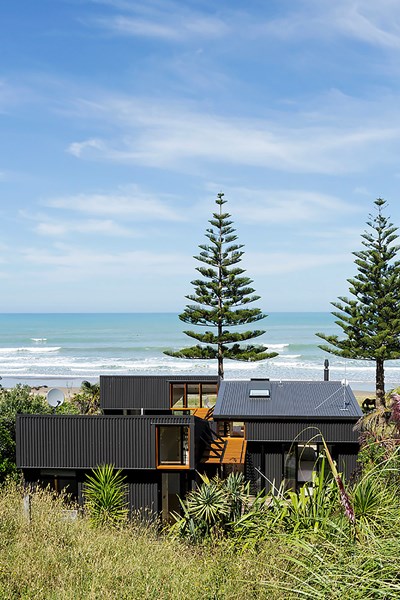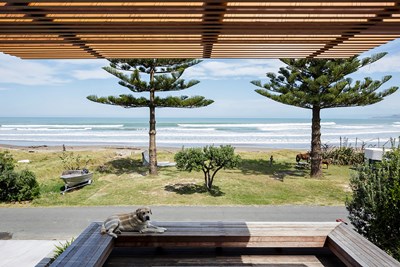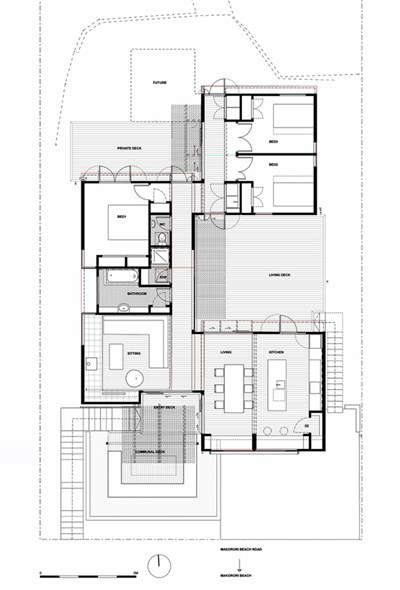Residential architecture isn’t just about grand retreats on the coast or high-end town houses in the city. Architect Jeremy Smith explains his strategies for finding economy in building design.
Building is expensive, so no matter what the budget, it pays to have a plan. We counter the unknowns by designing elementally – working with each building element so it contributes to more than one outcome to earn its keep. A wall might support the roof, but it might also be a bookshelf; a window can give a view but also throw light onto a place to sit. Economising isn’t so much about doing less as doing more with the bits you have.
This elemental approach also lets us discuss with our clients where the priorities are right from the start. We can talk about which parts might drop off if something unexpected happens, be it a change in circumstance, or finding bad ground during excavation. We then design these elements as Christmas presents, so they can be simply clipped on and gifted in the future: ‘Happy Christmas darling, here’s that pergola!’
Mostly such presents aren’t needed and, like the offSET Shed House pergolas, you get all the bits at the outset; but it pays to have a plan.
 Jeremy Smith is a director of Irving Smith Architects in Nelson.
Jeremy Smith is a director of Irving Smith Architects in Nelson.
This article first appeared in Design Guide (issue 5), a resource written by architects and designers for those thinking about undertaking a new house or renovation project. The project featured on this page is the offSET Shed House, which received a 2013 Gisborne/Hawkes Bay Architecture Award.




